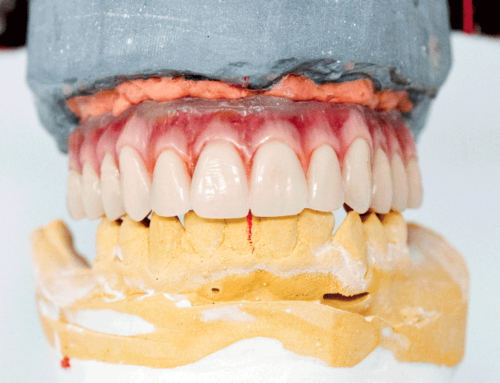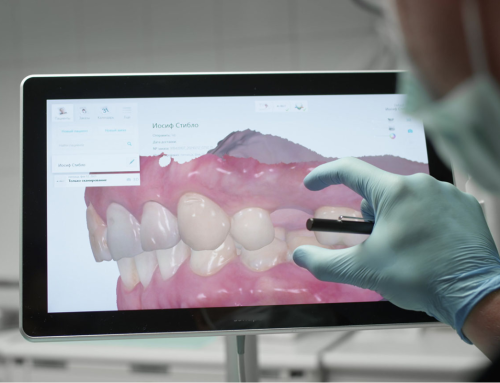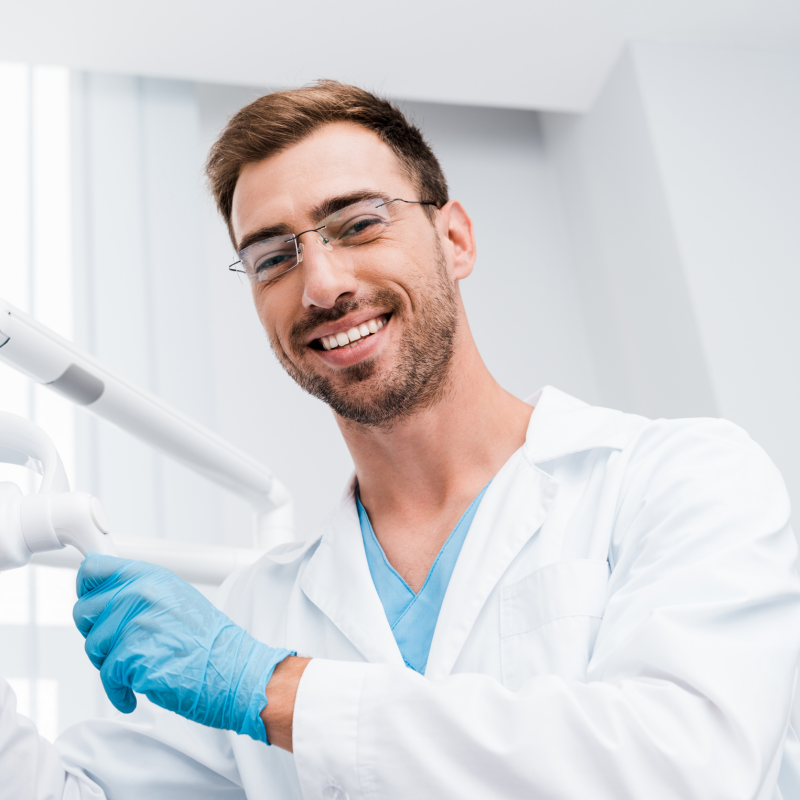In today’s market can we really offer a patient with an edentulous arch – especially a lower arch – a denture without implants and consider that to be the standard of care? If we agree that dental implants should always be considered in that treatment plan then what are the options available to your patients so that this dialog can take place?
Having this information available to you is one of our goals at RDL. From the simplest two implant, snap attachment overdenture to the all-ceramic zirconia milled structure, you and your staff can always be ready to discuss these options with the assistance of our implant specialists. From diagnostics to treatment options to final full arch implant restorations we at RDL want to be a part of your dental implant team so that you can speak to your patients with confidence about what is available to them.
Let’s look at what you can offer your patients.
Two Implant Retained Overdenture
Many experts say it should be the staple of a good denture practice; a lower denture retained (not supported) by two root form implants usually in the canine position attached by some resilient attachment (i.e. Zest Locator, Sterngold ERA, or ball and O-ring). This works very well for the patient who just wants to keep their denture from “flopping around”. Economical option for lower dentures not usually an option for uppers.
Abutment Retained Overdentures
Same as above but with three or more implants. Usually involves four implants with abutments for retention (no bar) and is restored with attachments in an acrylic denture. This is more cost effective than bar overdentures but comes with certain risk. It is very easy for what should be an implant retained denture to become an implant supported denture, and without cross-arch stabilization implants can become stressed. Not as great a risk in the upper as the lower if palatial support is designed properly.
Bar Retained Overdentures
This goes to the next level in implant restorations. A bar (hopefully CAD/CAM, not cast) with attachments for retention and both bar and tissue support for the prosthesis. This has been the “work-horse” of good implant dentistry for over two decades and for good reason: it has worked. Casting created passive fit issues that required proper attention, and keeping dentures relined to maintain proper tissue support is sometimes a problem with patient compliance.
Implant Supported Overdentures
Again this is a bar retained prosthesis but designed so as to not only have the bar retain the overdenture but to support the prosthesis. Design is critical here as we must consider load distribution especially were cantilevers are concerned. These can work well and are very stable but require implants be positioned for proper support.
Fixed Removable “Hybrids”
This is what has become our most popular restoration for the full arch. With the advent of CAD/CAM technologies in the dental lab we can now fabricate with such precision that we create bars that not only fit the implants with amazing accuracy but can support denture teeth or crowns and create strong, lifelike restorations that the patient can not remove. Patients seem to love “fixed” teeth and hygiene is not an issue with proper design.
Abutments & Cemented Bridges
The most expensive and the most difficult the achieve great aesthetics. This requires not only proper placement of the correct number of implants but the right amount of tissue to avoid those nasty “black triangles”. This can be done in the right situation but requires extensive planning before surgery and proper tissue management after implants are placed.
One or more of these options can work on most any patient that presents to your practice. Success comes from understanding your options and communicating with the patient , surgeon and lab. Those practices that have successfully integrated implants into their operations have developed the skills to explore these options with their patients.
If you desire to learn more about what options you can offer to your patients – and how to get them to say “Yes” – please contact us so that we can help you develop your practice the way you’ve always wanted.







